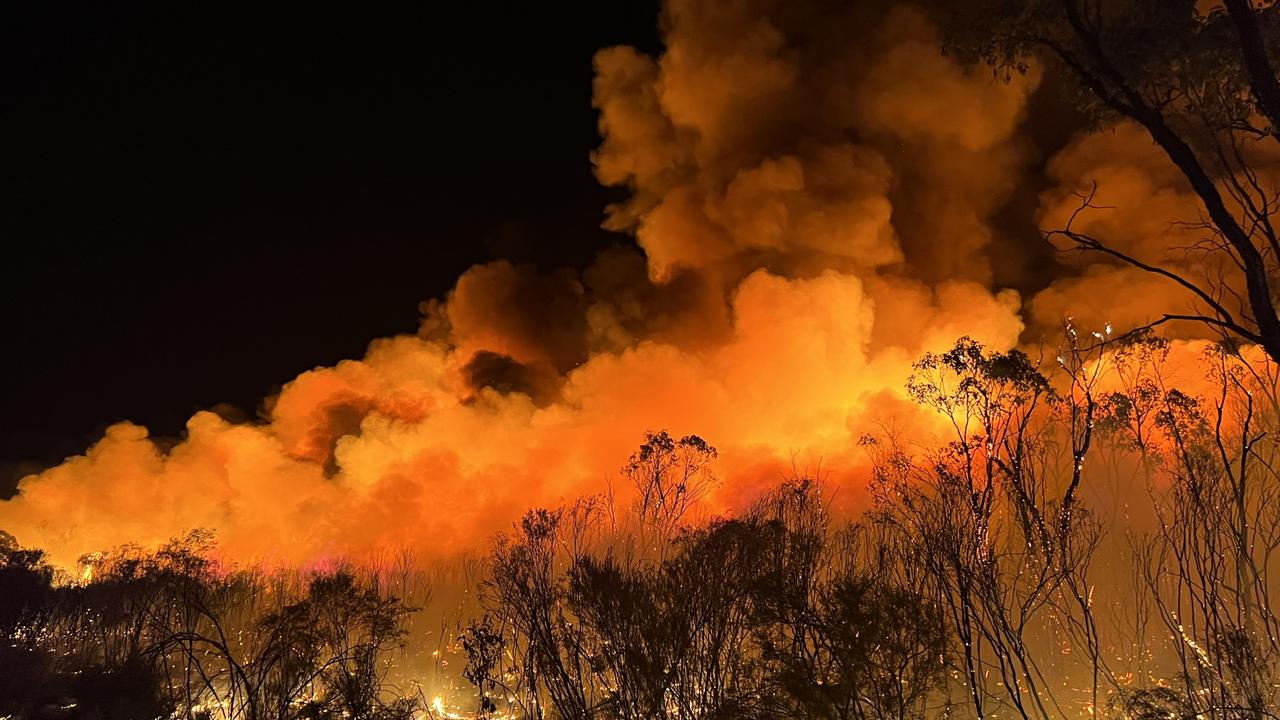Past Compliance: Enhancing Property Security with a Thorough BAL Report Evaluation
Past Compliance: Enhancing Property Security with a Thorough BAL Report Evaluation
Blog Article
Ensuring Bush Fire Security Via Correct BAL Report Analysis
In the realm of bush fire protection, the precise analysis of Bushfire Attack Level (BAL) records stands as a cornerstone for securing residential properties versus the devastating effect of wildfires. With ecological aspects and residential or commercial property features playing significant functions in establishing the level of danger, a detailed understanding of BAL ratings comes to be crucial. The real significance exists not just in comprehending these reports but in understanding them effectively to formulate tailored fire protection techniques. By diving into the importance of BAL report analysis, we discover a realm where educated decisions lead the path in the direction of bolstering building safety and resilience in fire-prone areas.
Understanding Bushfire Attack Level (BAL)
In the realm of bushfire defense, comprehending the Bushfire Assault Degree (BAL) is vital for making certain effective mitigation strategies. Comprehending the BAL score of a residential or commercial property is essential for building contractors, owners, and policymakers to apply suitable measures to safeguard against bushfire threats.

Significance of BAL Record Evaluation
An essential element in bushfire defense preparation entails the complete evaluation of BAL reports to evaluate the prospective dangers and establish ideal reduction approaches. BAL records supply important information concerning the possible impact of bushfires on a home based on various aspects such as plant life type, distance to prospective fire hazards, and slope of the land. Examining these records with accuracy is vital in establishing efficient bushfire security actions customized to the details threat account of a property.
Carrying Out Fire Defense Procedures
Applying effective fire defense measures is crucial for safeguarding residential properties in bushfire-prone areas. This involves clearing combustible vegetation, such as dry leaves and branches, within a particular span of the residential property.
Additionally, having a properly maintained and appropriate supply of water, such as a tank or pool, can help firemans in their initiatives to safeguard the residential or commercial property. It is very important to have a clear discharge plan in area and to make certain that all residents know with the treatments. In addition, having firefighting tools conveniently offered, such as tubes and fire extinguishers, can assist in taking on little spot fires prior to they rise. In general, applying a mix of these fire protection actions can substantially increase the chances of safeguarding homes during bushfire occasions.
Mitigating Risks in Fire-Prone Locations
To strengthen residential properties against bushfire threats, a tactical focus on mitigating risks in fire-prone areas is imperative. Mitigating threats in fire-prone locations includes a thorough method that incorporates numerous measures to decrease the possibility and influence of bushfires. One essential facet of risk reduction is maintaining defensible room around homes by getting rid of combustible vegetation, guaranteeing appropriate spacing in between trees and frameworks, and employing fireproof landscaping techniques. Additionally, applying ember-proofing measures such as installing metal mesh displays on home windows and covering roofing cavities can help avoid ash strikes and minimize the threat of spot fires.
In addition, constructing or retrofitting structures with fire-resistant products and guaranteeing proper maintenance of roofings, gutters, and external cladding can considerably enhance the property's strength to bushfires. Establishing and practicing a bushfire emergency situation strategy with all residents, consisting of evacuation procedures and communication strategies, is likewise vital in mitigating threats successfully. By adopting an aggressive approach to run the risk of reduction in fire-prone locations, homeowner can much better secure their properties and boost overall bushfire readiness.
Ensuring Property Safety And Security and Durability
Making sure the safety and security and durability of residential or commercial properties in fire-prone areas needs a steadfast dedication to you can try here robust preventative steps and critical preparation. Building security begins with executing reliable procedures to reduce fire threats.
Durability, on the other hand, involves the capability of a residential or commercial property to hold up against and recuperate from a bushfire. By proactively addressing these facets, residential property owners can much better safeguard their properties and loved ones from the danger of bushfires.
Verdict
In final thought, making certain bushfire defense with proper BAL record analysis is critical for comprehending the degree of threat postured by bushfires and carrying out necessary fire defense procedures. By alleviating threats in fire-prone areas and ensuring residential property security and resilience, individuals and communities can much better get ready for and reply to bushfire occasions. It is essential to focus on fire security procedures to secure lives and index property in these high-risk atmospheres.
In the world of bush fire protection, the thorough analysis of Bushfire Attack Degree (BAL) reports stands as a foundation for safeguarding homes against the damaging influence of wildfires (BAL Report). Recognizing the BAL score of a residential property is essential for home policymakers, contractors, and owners to implement proper steps to secure against bushfire risks

BAL records provide essential details regarding the potential impact of bushfires on a property based on different elements such as plants kind, range to possible fire threats, and incline of the land (BAL Report). Generally, carrying out this a combination of these fire defense measures can considerably raise the chances of protecting buildings throughout bushfire events
Report this page